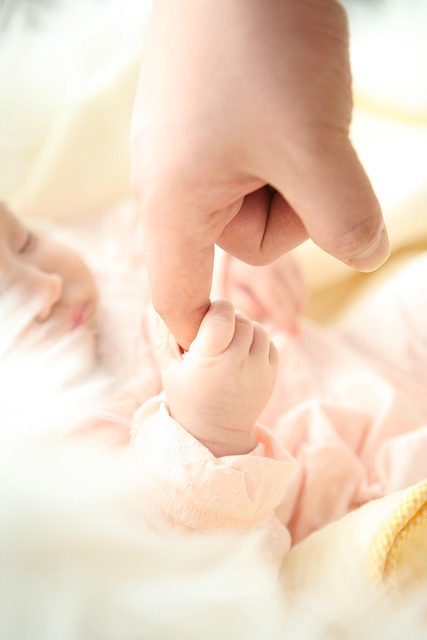Our son received his autism diagnosis at the age of two. Now, at nine, we often encounter questions such as, “Did you have any inkling something was amiss?” and “Does it get easier over time?” Reflecting on those early days, we did notice some subtle signs of autism. For instance, he had a habit of rapidly moving his feet back and forth. A pediatrician referred to this as stereotyped movement, and a quick online search revealed its potential association with autism.
Despite his early quirks, he was always cheerful and engaging, which left me skeptical—could a baby truly show autism symptoms? Unfortunately, as he progressed, we witnessed a sudden regression. He ceased babbling and making eye contact, becoming non-verbal and often fixated on his hands. He wouldn’t respond to his name or point at objects. Given that my cousin is autistic, we quickly understood the path we were on.
Identifying these signs early on enabled us to accept the diagnosis swiftly. Receiving the diagnosis at a young age facilitated early intervention, which proved crucial. We arranged for a statement of special educational needs, and he began attending a specialized school. Without a doubt, this was the best decision we could have made for his future.
It was a challenging choice, especially considering his age. He started school just three months shy of his third birthday, and he appeared so tiny in his school uniform. Fortunately, the staff had extensive experience with autism and quickly implemented autism-specific strategies such as the Picture Exchange Communication System (PECS). Since then, our son has made incredible strides. His speech has improved, and he has become an excellent reader, all thanks to the support he received at school.
Due to early intervention, he has achieved remarkable milestones that we once feared were out of reach. However, it’s essential to acknowledge that autism is a lifelong condition for him. It will always be a part of him, and he will remain on the severe end of the spectrum.
That said, life is not merely a struggle. While he faces unique challenges, we are committed to standing by his side as he navigates them. Living with autism can be tough—extremely tough. Yet he is our son, and we love him wholeheartedly. I won’t pretend it’s always easy.
Communication can be a source of frustration. He can experience significant anxiety, anger, or overwhelm, and I often wish I could alleviate that for him. We strive to help him manage his feelings, but amidst the challenges, he often finds joy in simple moments, sometimes laughing at nothing in particular. He remains unfazed by how others perceive him and lives life on his own terms.
There are days when I feel overwhelmed and cry at the sight of his struggles. It’s natural to feel that way occasionally. Sometimes I question whether I’m doing enough for him, but I know that such thoughts aren’t helpful for either of us. Above all, he has shown me that even when I stumble, I have the resilience to rise again. While we didn’t envision a life intertwined with autism, this journey is undeniably challenging, yet it also brings immense joy.
For those interested in related topics, you can check out our post on couples’ fertility journeys or explore donor insemination as a valuable resource. You can also find more insights on autism and parenting at Modern Family Blog.
Summary:
In this article, Sarah Johnson shares her family’s journey following their son’s autism diagnosis at the age of two. She discusses the challenges they faced, the importance of early intervention, and the progress her son has made. Sarah emphasizes the joy and resilience found in their experiences, illustrating the complexities of life with autism.
